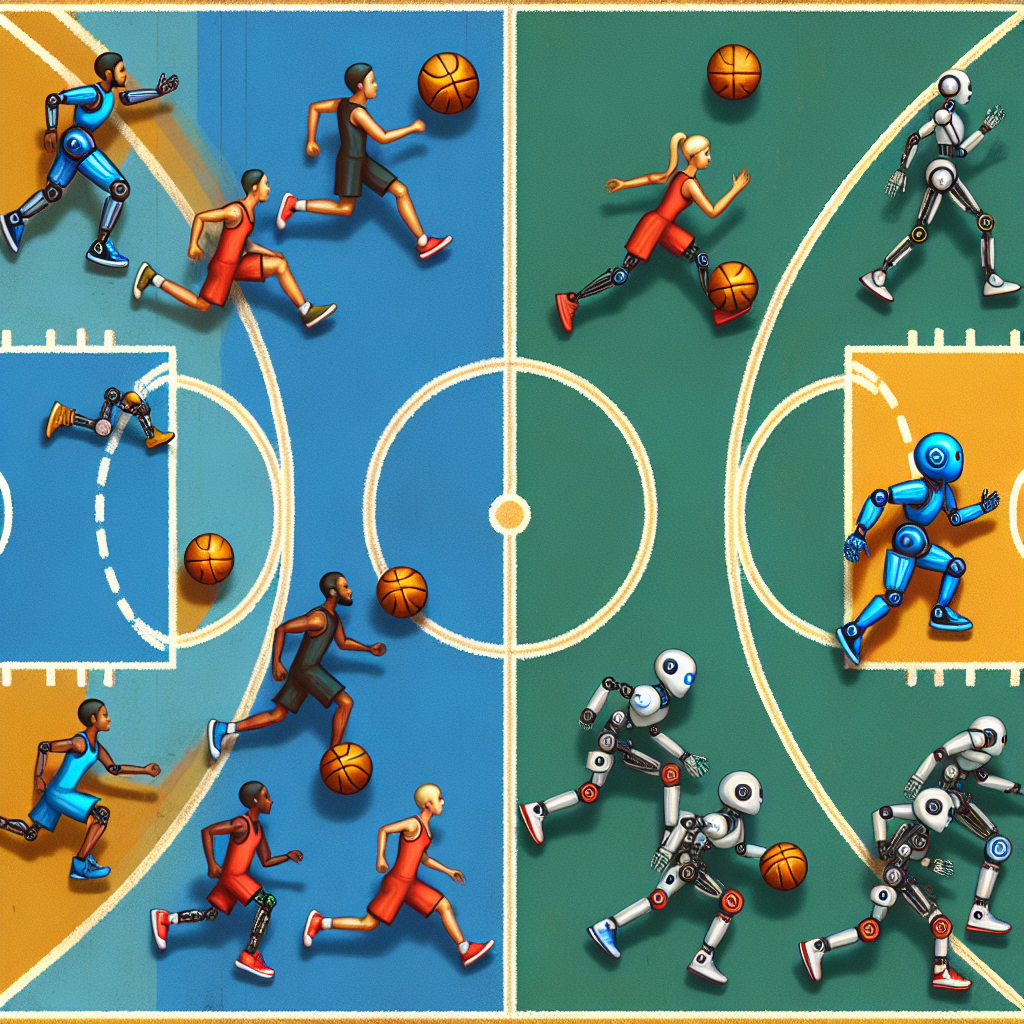The Impact of AI on Sports Participation Rates
Artificial Intelligence (AI) is revolutionizing the way we live, work, and play. In the realm of sports, AI is being used to improve athlete performance, enhance fan engagement, and even boost sports participation rates. By leveraging AI technologies, sports organizations and governing bodies are able to attract new participants, retain existing ones, and create a more inclusive and accessible sports environment for all.
AI has the potential to positively impact sports participation rates in a number of ways. One of the key benefits of AI in sports is its ability to personalize training programs and provide individualized feedback to athletes. By analyzing data collected from wearable devices, sensors, and video footage, AI can help athletes identify areas for improvement, set goals, and track progress over time. This personalized approach to training can help athletes stay motivated, improve their performance, and ultimately, enjoy their sport more.
In addition to improving athlete performance, AI can also help sports organizations and governing bodies better understand their target audience and tailor their programs to meet the needs and preferences of participants. By analyzing data on participation rates, demographics, and engagement levels, AI can help sports organizations identify trends, predict future behaviors, and develop targeted marketing campaigns to attract new participants.
Furthermore, AI can help sports organizations create a more inclusive and accessible sports environment by removing barriers to participation. For example, AI-powered virtual reality platforms can provide individuals with disabilities or limited mobility the opportunity to experience and participate in sports in a virtual setting. Similarly, AI can be used to develop adaptive equipment and technologies that cater to the specific needs of different populations, such as older adults or individuals with cognitive impairments.
Overall, the impact of AI on sports participation rates is significant and far-reaching. By leveraging AI technologies, sports organizations and governing bodies can attract new participants, retain existing ones, and create a more inclusive and accessible sports environment for all.
FAQs
Q: How does AI improve athlete performance in sports?
A: AI can improve athlete performance in sports by analyzing data collected from wearable devices, sensors, and video footage to provide personalized training programs and individualized feedback. This personalized approach to training can help athletes identify areas for improvement, set goals, and track progress over time.
Q: How can AI help sports organizations attract new participants?
A: AI can help sports organizations attract new participants by analyzing data on participation rates, demographics, and engagement levels to identify trends, predict future behaviors, and develop targeted marketing campaigns. By understanding their target audience better, sports organizations can tailor their programs to meet the needs and preferences of participants, ultimately attracting new participants to their sport.
Q: How can AI create a more inclusive and accessible sports environment?
A: AI can create a more inclusive and accessible sports environment by removing barriers to participation. For example, AI-powered virtual reality platforms can provide individuals with disabilities or limited mobility the opportunity to experience and participate in sports in a virtual setting. Similarly, AI can be used to develop adaptive equipment and technologies that cater to the specific needs of different populations, such as older adults or individuals with cognitive impairments.
Q: What are some examples of AI technologies being used in sports?
A: Some examples of AI technologies being used in sports include wearable devices that track athletes’ performance metrics, sensors that monitor environmental conditions and player movements, and virtual reality platforms that provide immersive training experiences. Additionally, AI is being used to develop predictive analytics tools that help coaches and athletes make data-driven decisions and improve performance.
In conclusion, the impact of AI on sports participation rates is significant and far-reaching. By leveraging AI technologies, sports organizations and governing bodies can attract new participants, retain existing ones, and create a more inclusive and accessible sports environment for all. As AI continues to evolve and advance, its potential to revolutionize the world of sports and drive increased participation rates is only just beginning to be realized.

